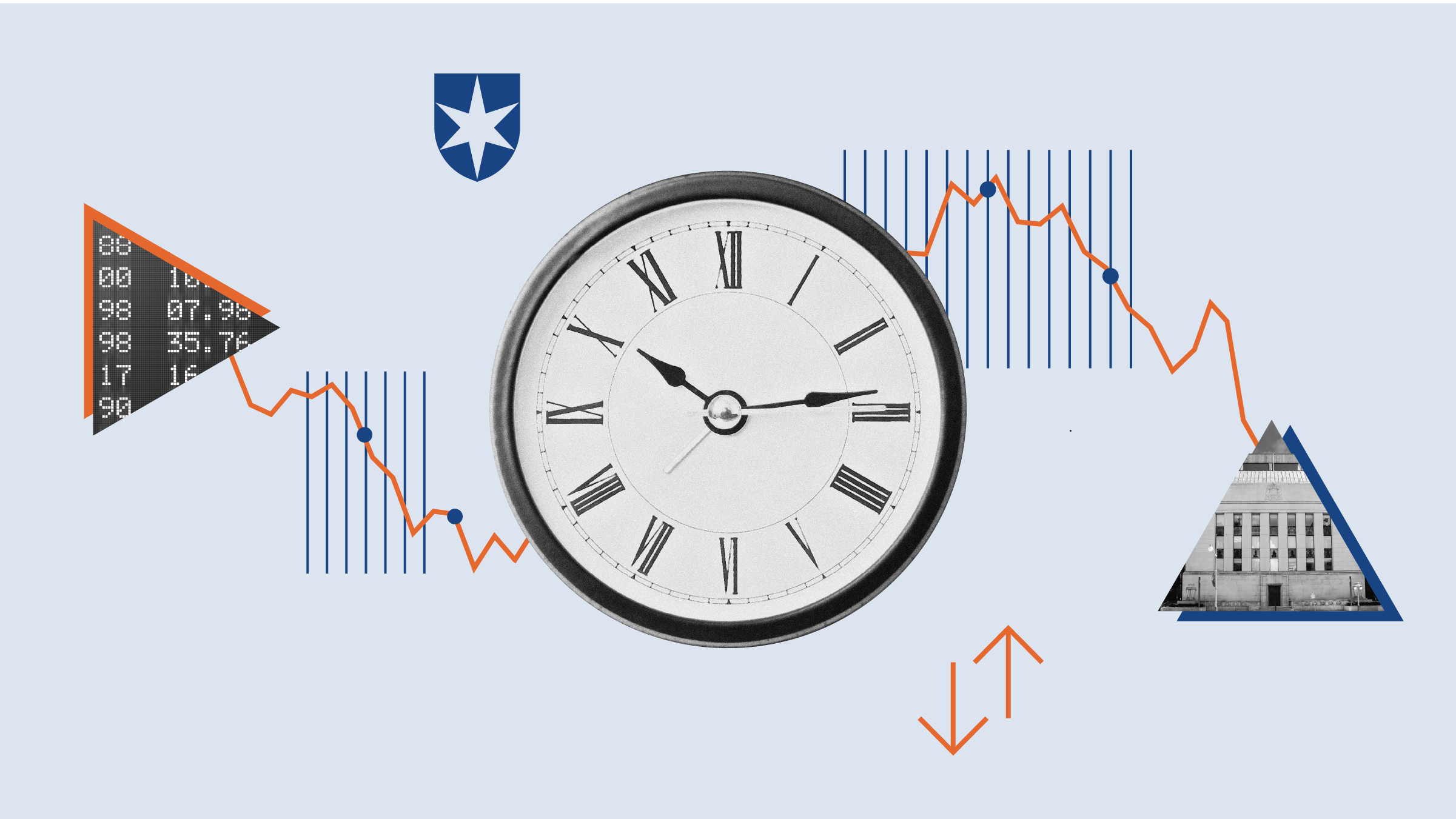
Gender stereotypes and the glass ceiling continue to deny women in the U.S. and Canada the coveted corner office and a spot at the corporate high table.
Studies show women currently hold only 6.6% of CEO positions at the S&P 500 companies. Things are just as bleak north of the border where a measly 4% of companies on the TSX have a female chief executive officer. Senior management positions are particularly elusive for Canadian women of colour, studies show.
While corporations on both sides of the border claim to be committed to boosting gender diversity at the leadership level, the numbers belie the rhetoric. Companies can take a leaf out the following standout businesses with women at the helm. That each of these women beat out great odds to rise to the top in a boys’ club culture is a testament to their fortitude, aptitude, and strong business acumen.
|
General Motors Co |
||
|
Ticker |
||
|
Current yield: |
- |
|
|
Price |
US$40.17 |
|
|
Fair value: |
US$72 |
|
|
Value |
41% Discount |
|
|
Moat |
None |
|
|
Moat Trend |
Negative |
|
|
Star rating |
**** |
|
|
Data as of March 07, 2022 |
||
Legacy automotive giant General Motors (GM) has eight brands and operates under four segments: GM North America, GM International, Cruise, and GM Financial.
The company lost its U.S. market share leader crown in 2021, “but we expect GM to reclaim the top spot in 2022 due to 2021 suffering from the chip shortage,” says a Morningstar equity report.
The company appointed Mary Barra as the CEO in 2013, the first woman to head a major auto firm, breaking into a male-dominated industry.
GM's earnings potential is excellent due to a healthy North American unit. Moreover, closing plants have drastically lowered GM North America's break-even point. It now only needs U.S. sales of about 10 million-11 million vehicles, assuming an 18%-19% share of the market. “We expect more scale to come from GM moving its production to more global platforms and eventually onto vehicle sets over the next few years,” says a Morningstar equity report.
GM is making products that consumers are willing to pay more for. As a result, it no longer has to overproduce, trying to cover high labour costs and then dumping cars into rental fleets. “GM now operates in a demand-pull model where it can produce only to meet demand and is structured to do no worse than break even at the bottom of an economic cycle when plants can be open,” says Morningstar sector strategist, David Whiston, who recently upped the stock’s fair value from US$68 to US$72.
GM is also plugged into the global pivot to green mobility with over US$35 billion investment in battery-electric and autonomous vehicles for 2020-25. It is launching 30 BEVs through 2025.
|
Ritchie Bros Auctioneers Inc |
||
|
Ticker |
||
|
Current yield: |
1.75% |
|
|
Price |
$72.71 |
|
|
Fair value: |
$54 |
|
|
Value |
35% Premium |
|
|
Moat |
Narrow |
|
|
Moat Trend |
Stable |
|
|
Star rating |
** |
|
|
Data as of March 07, 2022 |
||
Ritchie Bros. (RBA) operates the world’s leading marketplace for heavy equipment. The Canadian auctioneer currently operates 40 live auction sites in 12 countries, as well as online marketplaces.
The company boasts the distinction of having two women in top management - director and CEO Ann Fandozzi and chief financial officer Sharon Driscoll.
The company’s strong auction liquidity attracts both buyers and sellers to its network. It is poised to “continue to be one of the top players in the asset disposition market,” says a Morningstar equity report, noting that “the network effects present in its business have consistently delivered higher average selling prices for sellers and provided buyers a wide range of equipment to choose from.”
Strong used equipment demand in construction and transportation markets is expected to be the largest revenue driver for Ritchie Bros, which “has the largest exposure to construction equipment, accounting for more than 50% of the assets sold through its auctions,” says Morningstar equity analyst Dawit Woldemariam, who recently upped the stock’s fair value 5% to $54, reflecting near-term supply headwinds.
The company stands to benefit from the rebound in construction markets which continue to improve from pandemic lows. In addition, the US$1.2 trillion infrastructure deal in the U.S. will lead more equipment owners to sell their older equipment for newer ones. “This, in turn, will likely result in increased selling activity on Ritchie Bros.’ auctions,” asserts Woldemariam.
|
GAP Inc. |
||
|
Ticker |
||
|
Current yield: |
4.21% |
|
|
Price |
$14.70 |
|
|
Fair value: |
$26.50 |
|
|
Value |
46% Discount |
|
|
Moat |
None |
|
|
Moat Trend |
Negative |
|
|
Star rating |
***** |
|
|
Data as of March 07, 2022 |
||
Leading apparel maker Gap Inc. (GPS) sells clothes, accessories, and personal-care products under the Gap, Old Navy, Banana Republic, and Athleta brands. Old Navy generates 51% of Gap’s sales. The firm also operates e-commerce sites, outlet stores, and specialty stores under various Gap names.
Gap promoted Sonia Syngal to the position of chief executive officer in 2020. Syngal, who was born in India, joined one of the handful of women of colour who rose to such an exalted position in corporate America. Before her promotion, she was the CEO of Old Navy.
Gap has suffered years of inconsistent results, with the COVID-19 crisis forcing the temporary closure of many of its stores. “Still, Gap has fair liquidity, and we view its Old Navy chain as a solid business,” says a Morningstar equity report, noting that the firm’s goal of US$10 billion in annual sales for the label (up from US$7.5 billion in the pandemic-affected 2020) is achievable in 2023.
The company’s athleisure brand Athleta is claimed to reach US$2 billion in 2023 sales, up from US$1.4 billion in 2021. However, Morningstar equity analyst David Swartz believes that “this may not happen until 2025 due to COVID-19 disruption.”
Even so, Athleta is poised for annual sales growth of about 6% over the next decade, forecasts Swartz, who puts the stock’s fair value at US$26.50.






















